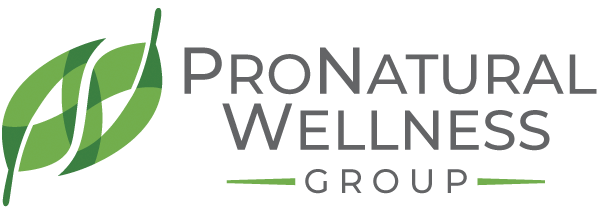The Ugly Truth: Carcinogens In Cosmetics
![]()
Cosmetics are defined by their intended use in the United States, via the Federal Food, Drug and Cosmetic Act as “articles intended to be rubbed, poured, sprinkled, or sprayed on, introduced into, or otherwise applied to the human body for cleansing, beautifying, promoting attractiveness, or altering the appearance.” Regrettably, researchers in the U.S. have identified over 10,000 industrial chemicals in cosmetics some of which are classified carcinogens. Since the FDA does not have the authority to test cosmetics before they are released to the market these harmful chemical ingredients have crept their way into our cosmetics.
The American Cancer Society defines carcinogens as “substances and exposures that can lead to cancer.” Carcinogens are classified into the following groups: Group 1 carcinogenic to humans; Group 2A probably carcinogenic to humans; Group 2B possibly carcinogenic to humans; Group 3 not classifiable as to its carcinogenicity to humans; Group 4 probably not carcinogenic to humans.
A review published in the World Journal of Pharmaceutical Research revealed the ingredients commonly found in cosmetics of major concern: phthalates (Group 2B and Group 3), hydroquinone (Group 3), formaldehyde (Group 1), lead (Group 2B), ethanolamine (Group 2B and Group 3) and coal tar (Group 1).
Phthalates are used as plasticizers, which increase the flexibility, transparency, durability and longevity of plastics, and in solvents, or dissolving agents for other materials. These phthalic acid salts may be an ingredient in various soaps, shampoos, hairsprays and nail polishes. Hydroquinone is a type of phenol, a toxic organic compound, which is used in the cosmetic industry in various skincare products to lighten skin color. These phenols are common ingredients in facial cleansers/moisturizers and hair conditioners.
Formaldehyde is used commercially to produce biocides, preservatives and basic chemicals for the manufacturing of countless goods including soaps, shampoos, hair gels, eyelash glue, nail products and baby cleansing products. Lead is a naturally occurring element found in all parts of our environment that can be toxic to humans upon exposure resulting in negative health effects.
This heavy metal is commonly found in lipsticks, nail polishes, foundations and eye shadows. Ethanolamine is used to form emulsions of water-soluble and oil-soluble ingredients and control the pH of various cosmetic products. These products include eyeliner, mascara, eye shadow, blush, foundation, fragrances, shampoo, hair dyes, hair treatments, sunscreen and skin cleansing products. Coal tar is a black, thick liquid mixture derived from burning coal. The function of this coal byproduct is used as a cosmetic biocide and denaturant and is a common ingredient amongst shampoos, hair conditioners, hair dyes, soaps and body lotions.
In addition to carcinogenic properties, the chemicals used in today’s cosmetics also have a number of additional adverse effects, including but not limited to immune system toxicity, neurotoxicity, infertility, hormone disruption and teratogenicity. Until the cosmetics industry is more strictly regulated you can decrease your exposure to these harmful chemicals by reading ingredient labels, assessing a cosmetic product’s score on the Environmental Working Group’s Skin Deep Cosmetics Database prior to purchasing, contacting cosmetic companies and/or searching packaging for seals and certifications.












